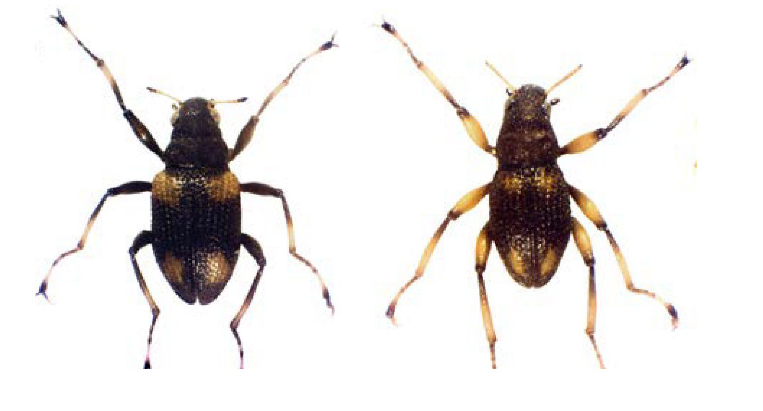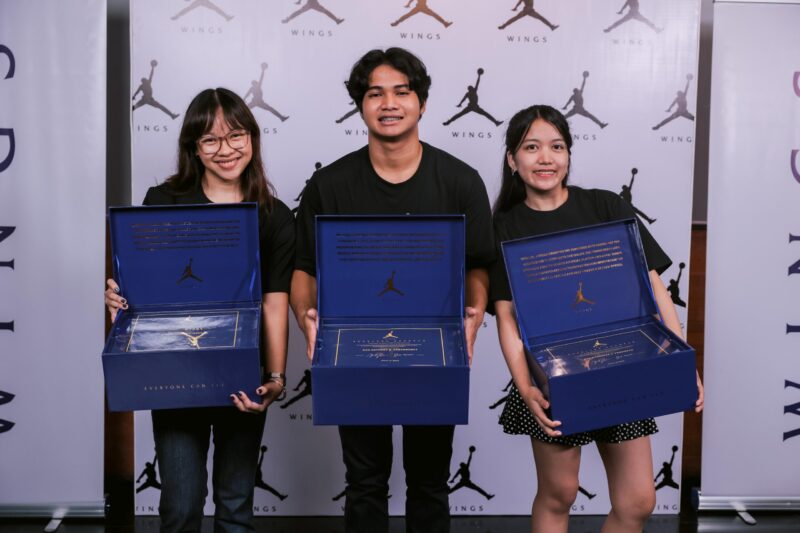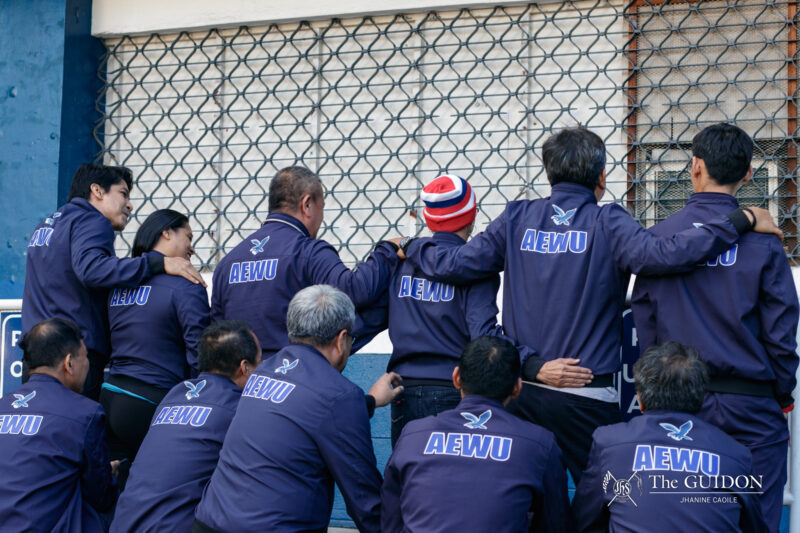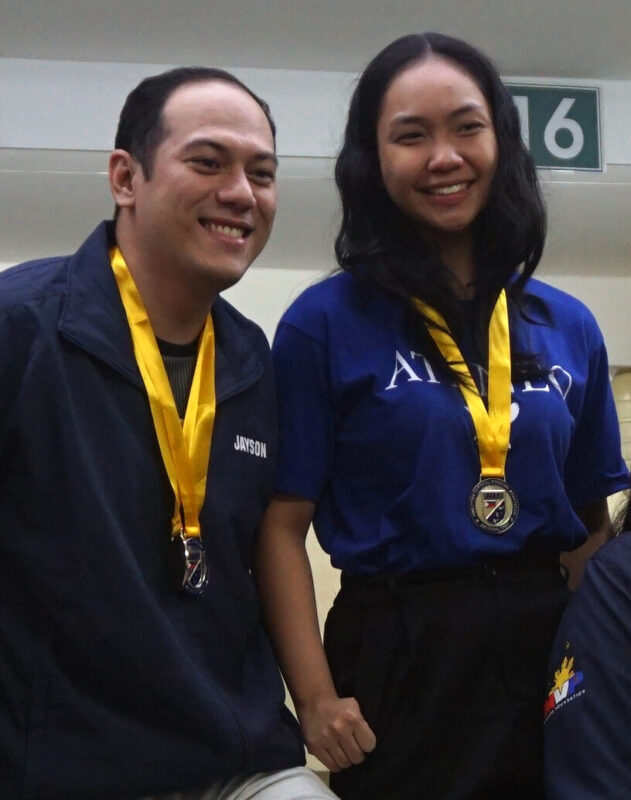BIOLOGY ASSOCIATE professor Hendrik Freitag, PhD and his team of researchers from the Biology Department recently identified two new spider water beetle species of the genus Ancyronyx while conducting a related study in Oriental Mindoro last August.
The first species, Ancyronyx buhid (A. buhid), was discovered in the ancestral lands of the Buhid tribe in Roxas. The second species, Ancyronyx tamaraw (A. tamaraw), was discovered in the waters of Tamaraw Falls.
Freitag published an article about the discovery last August 6 entitled “Ancyronyx Erichson, 1847 (Coleoptera, Elmidae) from Mindoro, Philippines” in the open-access journal Zookeys.
According to the article, the A. buhid adult is predominantly black with some yellow patches. It was also described to have brown claws and largely yellow antennae, except for their dark tips and basal segments.
Meanwhile, the A. tamaraw adult was distinguished by its “yellow elytral patches,” predominantly yellowish legs, brown pronotum and brown head.
The study was partly funded by the Ateneo de Manila University and the Philippine Commission on Higher Education (CHED) as part of the Philippine Higher Education Research Network (Phernet) program.
Phernet is one of CHED’s programs aimed at promoting research in higher education institutions.
Discovery
Freitag described how he and his team discovered the two spider water beetle species.
Freitag said they were initially in Oriental Mindoro to study the larvae of known Ancyronyx species. He added that it was important to be able to identify the larvae of the genus Ancyronyx, as they are more common than adults.
Freitag’s team collected several of the said larvae and among them were the A. buhid and A. tamaraw.
According to Freitag, they could not match the larvae of the A. buhid with any known adult at first.
“A little later we found the adult species [in the area] and we compared the DNA to show if it matched,” he said. Eventually, they found a match between the A. buhid larva and the A. buhid adult.
Identifying the adult species for the A. tamaraw was more difficult, according to Freitag. To match the A. tamaraw larvae to its adult counterpart, Freitag had to refer to an old collection of unidentified Ancyronyx species found in the 1990s.
Potential bioindicators
Freitag said that he was interested in the genus Ancyronyx because of its high indicator value.
“In our [research] area (Oriental Mindoro), it is known that the Ancyronyx often have good indicator value: It helps to predict the water quality [of aquatic ecosystems],” he said.
According to Freitag, the A. buhid species fulfills the necessary criteria of a potential bioindicator—a species used to monitor the health of ecosystems. However, the A. tamaraw does not because it is “too rare.”
Freitag said that a species is a potential biondicator if it has the following criteria: It is easily identifiable, restricted to a certain water quality and is “somehow common.”
“The A. buhid, which is the first discovery, seems to be very common in clean upstream areas [in Mindoro]. It’s quite easy to find them,” Freitag said.
On the other hand, he said that the A. tamaraw, although easily recognizable, can only be found in Tamaraw Falls and therefore cannot be considered a good bioindicator.
Freitag said that the use of such organisms as bioindicators could help develop the measurement system of water quality.
“It provides basic information like what would be helpful for local communities to know about water quality and conservation status,” he said.
Biodiversity hotspot
Biology Department Instructor Ronald Cruz said that the discovery was very significant in that it showed the university’s improvement in terms of biological research.
“The university’s generally known for the humanities, the social sciences, but here we are showing that we can lead the way in biological discovery,” he said.
According to Cruz, the discovery of Freitag and his research team is “a very good indication that the Biology program [of the Ateneo] and its research are thriving.”
“They are able to put Ateneo on the map in terms of biodiversity, which is a very significant issue nowadays,” he added.
Meanwhile, Freitag said that the Philippines is the “biodiversity melting point” of the Ancyronyx genus.
“This genus probably has evolved in areas of the Philippines, because worldwide, there are 20 species or so, and the majority of them is found only in the Philippines,” he said.
The Documentations and Publications Department Head of the Ateneo Biological Organization Uno de los Reyes compared the biodiversity of the Philippines to that of Brazil.
“The Philippines, if you think about it, [has greater biodiversity] than Brazil. Brazil is so big and the Philippines is such a small country, and yet you can find all these species of birds, flowers, insects, all sorts of plants everywhere,” he said. “Our culture is rooted in biodiversity. We need to pay more attention to that.”







